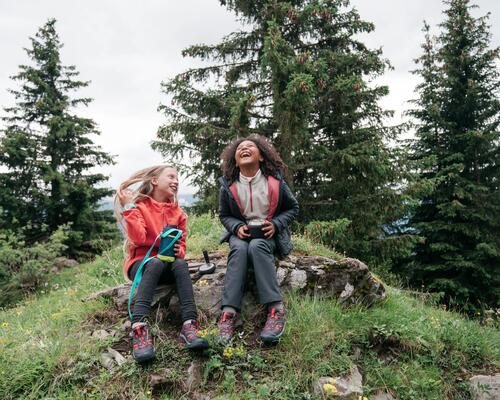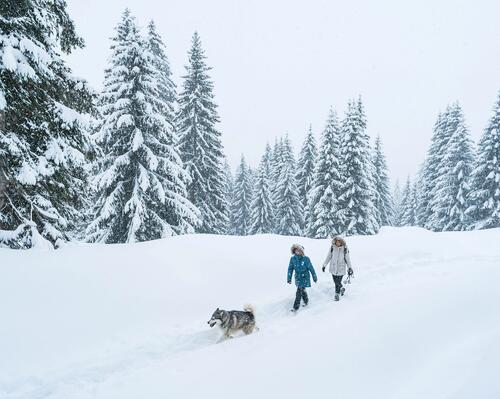How to make an igloo with kids?
Building an igloo is an interesting activity for all the family. Let your kids use their imagination and try different things with this fun and hands-on activity. With this activity your kid will find solutions as they build an actual size igloo. They will apply geometry concepts in the field to complete the igloo plan (diameter, radius, circle, etc.)
Remember to kit your kids out properly so they can make the most of this activity:
1 - Choose a sunny day as you will spend a few hours or even a full day outdoors to finish your igloo.
2 - Use the 3 layer technique wearing several layers so you can take one off during intense activity and put one on when static. The aim being to stay warm and dry all the time.
3 - Waterproof gloves, or at least water-repellent, are essential. It is not recommended to use woollen gloves that will soak up water.
4 - A pair of snow boots, also called après-ski, is recommended for this activity. Covering the foot and calf makes them perfect for this activity. What's more, they are generally very comfortable especially with liners.







